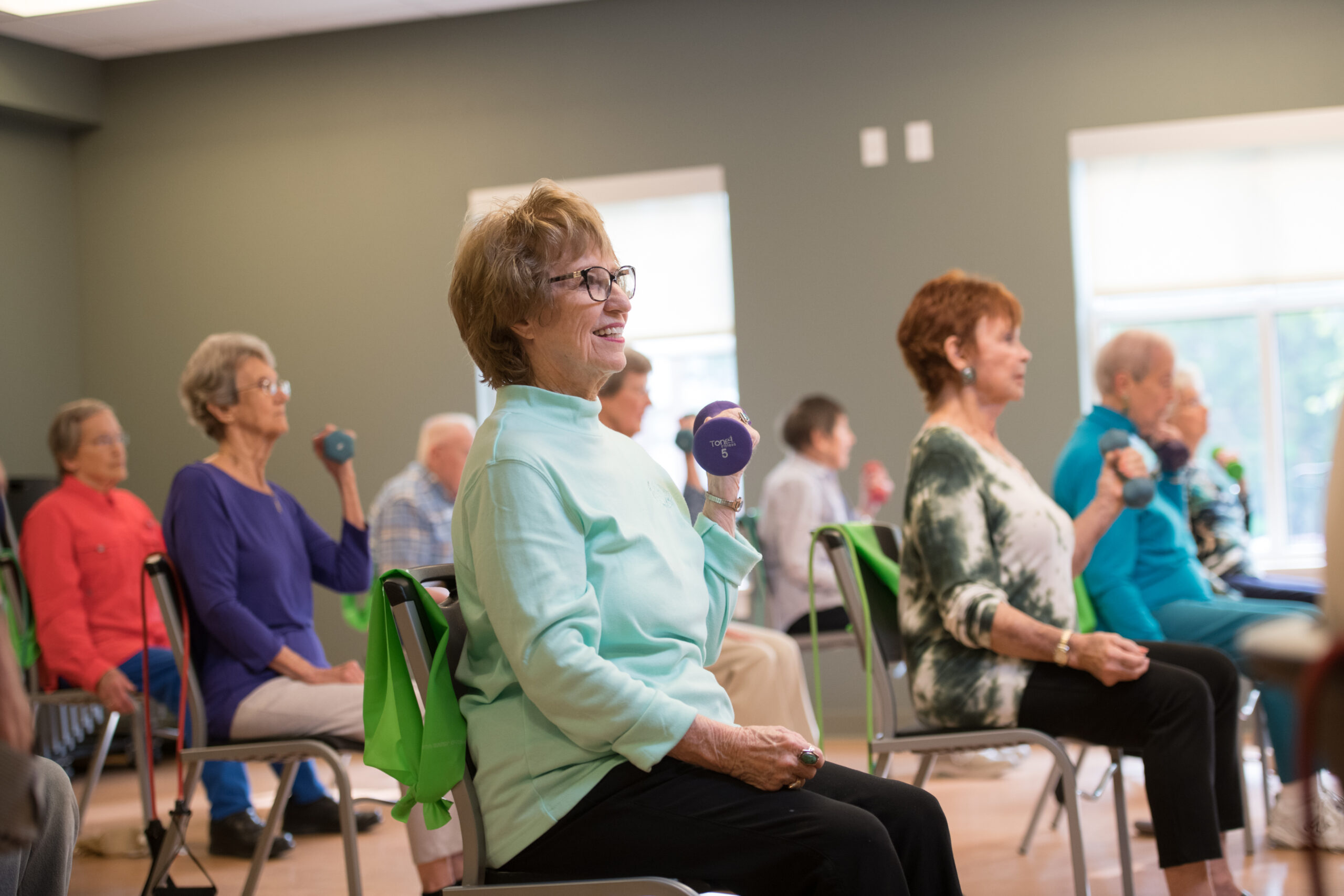Seasonal Affective Disorder (SAD) is a real thing, a form of mild depression linked to changing seasons. To lessen the possibility that you are afflicted by it, take a minute to read the following tips
Exercise is beneficial for anyone who is suffering from seasonal affective disorder (SAD). Exercise releases endorphins, which are hormones that reduce pain and increase feelings of well-being. In addition, exercise increases your metabolism, which helps improve your energy levels. Plus, the fatigue from well-used muscles is a healthier type of fatigue than that of depression. Other benefits include increased self-esteem, improved sleep, and reduced anxiety.
While any form of exercise can help, some exercises are better suited to treating SAD. Any low-impact aerobic activities, including walking and dancing, are recommended. Other activities include:
gentle stretching
yoga
swimming
running
strength training
Exercising with a friend can also help. Not only does it provide you with motivation to keep working out, the social interaction can help combat SAD symptoms. Remember, you don’t have to become a marathon runner or elite athlete to reap the benefits of exercise. Even 10 minutes a day can help.
If you find that your SAD symptoms don’t improve or they interfere with your life, work or relationships, talk with your health care provider. Additional treatment options are available and together with exercise can help you beat the winter blues.
-Blaine Jackson, NASM-CPT